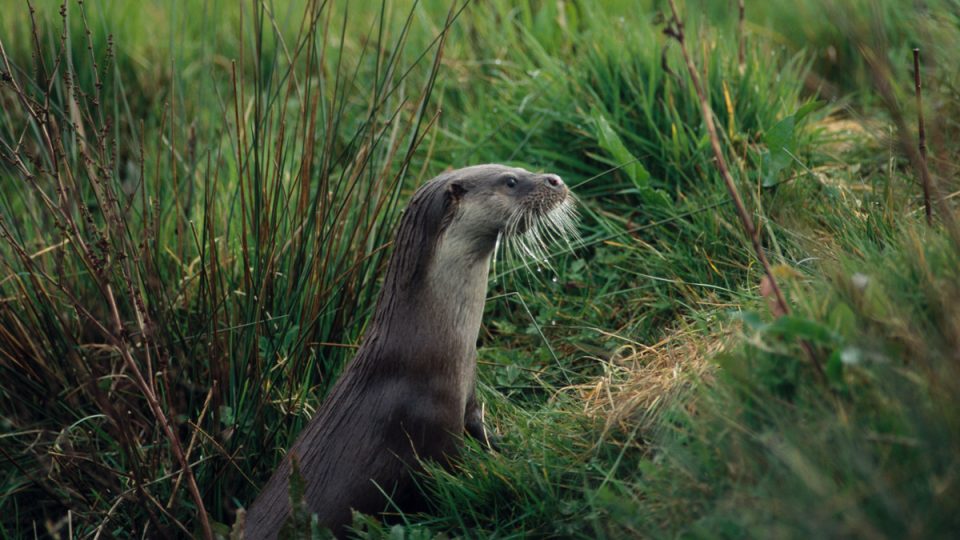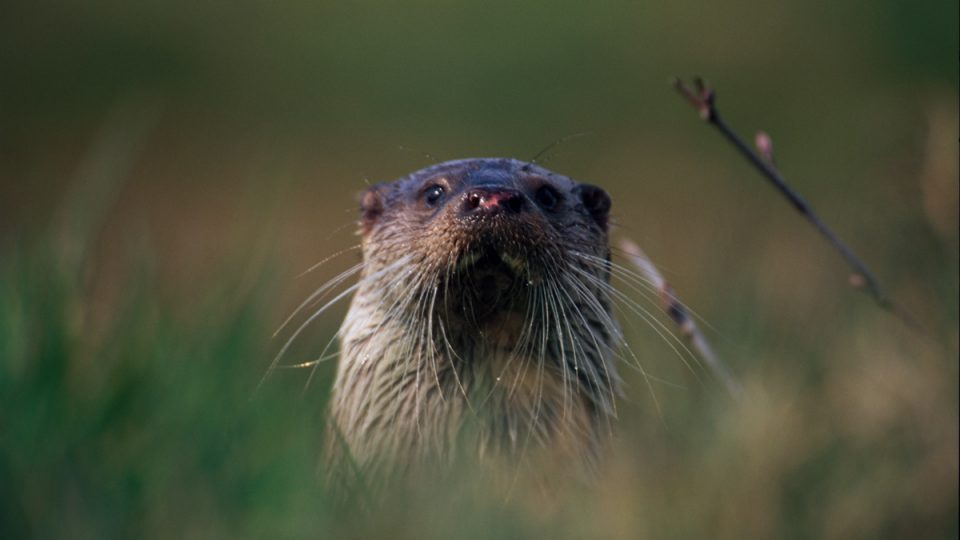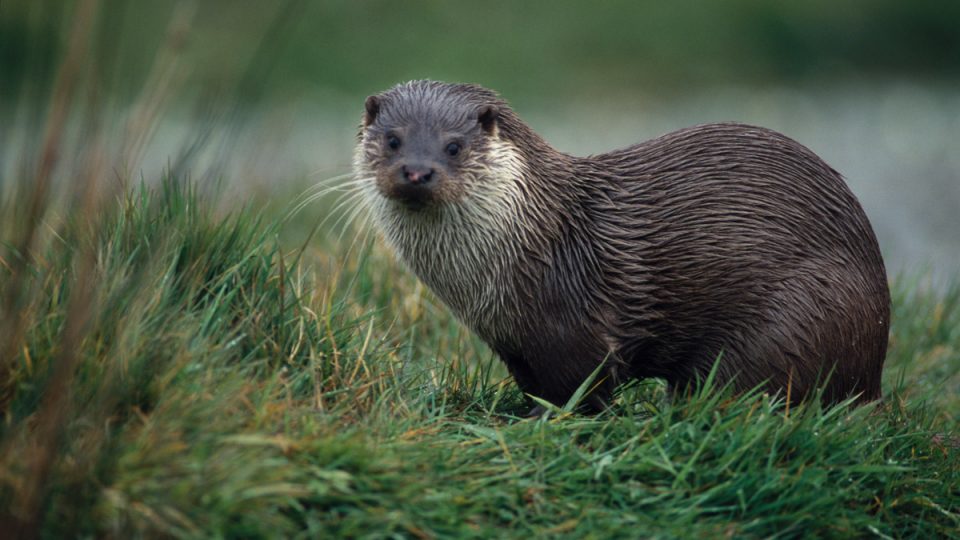Habitat First Group is committed to creating spaces where wildlife thrives. One species doing really well on all of our sites is the otter. This wonderful mammal suffered a catastrophic decline in numbers during the late 1950s and early 1960s. The cause was probably the combined effects of pollution and habitat destruction, particularly the drainage of wet areas. Thankfully these wonderful mammals are now doing better and they have been recorded once again in every county in England.
At Lower Mill Estate, otters are often spotted in our lakes and along our waterways. Families of otter have been spotted in Spinney Lake and Howells Mere during the daytime and signs of otter are found everywhere – even within a few feet of some of our properties. At Silverlake, otters have already started moving through our waterbodies, even those that haven’t been completed yet! We’ve recorded otters on trail cameras in Wakeling Island and there are already signs of them in the new waterways around Overton Island. The River Venn at Birchwood is also home to otters and as we create new habitats on the site, we hope these otters will find new places to visit and explore.
Making space for nature means thinking about nature’s needs. Being mostly nocturnal, otters require dark spaces to travel through and to feed. As well as creating well-vegetated, healthy waterways for otters to move through, we keep artificial lighting low on our sites. This means light spilling onto our waterways is minimised, maximising our chances of otters using the development. Building for nature brings great benefits. Where else can you live foot to paw with otters?!


